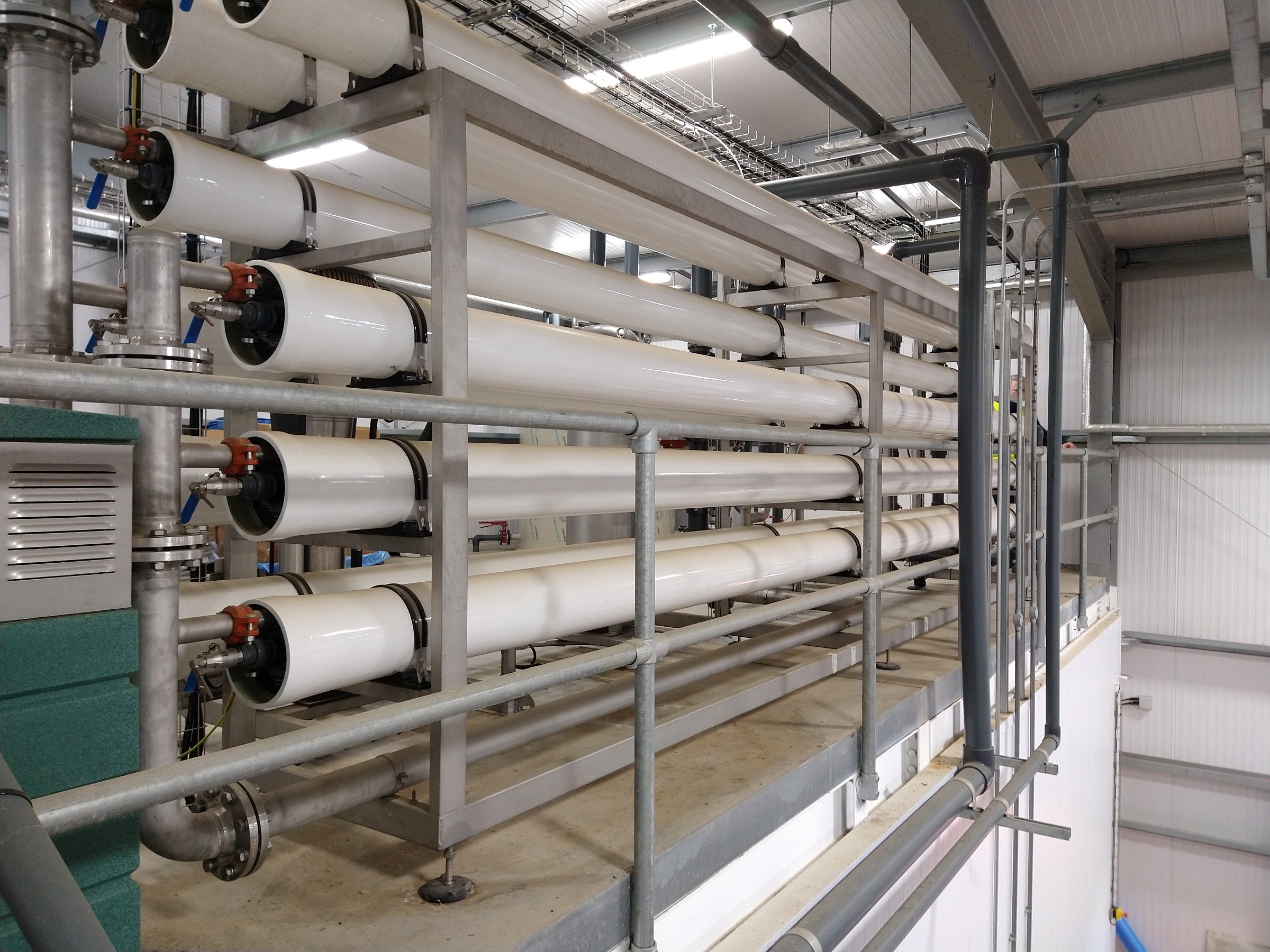Marel came out head and shoulders above any other solution we were looking at.

Graeme Watson
Group Engineering Director Cranswick

In many countries around the world, both sustainability and the law require that every processing plant treat its own wastewater. Regulations on pollution forbid the discharge of wastewater into surface water. In ever more parts of the world, water is becoming scarce. For these reasons processors must know how to deal with the wastewater issue to ensure they can keep processing. Graeme Watson, Group Engineering Director, tells how Cranswick's new poultry plant in Eye, Suffolk UK handles it.
"Our new plant is located in East Anglia, the driest area of the UK. Although Britain is renowned for its rain, we have a significant shortage of water in this area due to urbanization and climate change. For our water treatment process, we decided to push on with Marel because your company came out head and shoulders above any other solution we were looking at.
We had already teamed up with Marel on the poultry processing factory and it made perfect sense to link Marel Water Treatment to the whole chain. This cooperation has brought us very positive results."
Marel came out head and shoulders above any other solution we were looking at.

Graeme Watson
Group Engineering Director Cranswick
"Today, we're operating at around 7 liters [1.8 gallons] water per bird, which is a very respectable figure. Marel's highly efficient poultry line certainly has a lot to do with this. However, we want to reduce water use still further, because 7 liters per bird doesn't solve our water shortage problem. The amount of water we had available was sufficient for the first phase of our processing plant, but we were significantly short for the second phase with its double shifts. Although we have our own borehole, the amount of pumped-up water allowed by the authorities, even together with tap water, is not enough, so we had no option but to recycle and reuse. Marel's BioBrane¹ concept turned out to be the ideal solution for situations where water is scarce and commercial water supply is an issue.
The initial design of the water treatment installation already assumed expansion. Civil infrastructures were prepared for it, lessening the effects of the transition to phase two."
"In the second phase, about 50% of our wastewater has to be reused to make our water management process work. The Curieau system, however, succeeds in processing around 65% of our daily effluent flow."

Marel BioBrane system
"The reject stream is added to the effluent and then this dilusive inorganic fraction is mixed with rainwater before it's discharged into the river. This works even though we don't have a sewer connection for wastewater. We mix the non-treated parts of the BioBrane with the rejects and then discharge to the river system. In our case, even when there's no rainwater available, we're still meeting our discharge levels by mixing the rejects with the effluents."
"The RO permeate³ water is disinfected by the UV disinfection system and then added to the fresh water tank. That's how it is used. The fresh water tank is our main source of water supplied either by the water company or from the borehole. Different water sources are then mixed. Currently, about 50% is water from the Curieau system. If not, we would have a serious problem during working days. At weekends, when there's no slaughtering, the water storage can be built up. But as the week progresses, the water tank runs empty and water re-use is the only way to go."
7 liters per bird is a very respectable figure and certainly has a lot to do with Marel's highly efficient poultry line.

Graeme Watson
Group Engineering Director Cranswick
¹ The BioBrane® reactor separates the biomass that comes from the aeration tank in clean water and biological sludge. The separation principle is based on a water-permeable membrane, where the biomass remains behind.
² The Curieau Reverse Osmosis (RO) system purifies water by use of a partially permeable membrane to remove ions, unwanted molecules and larger particles from water. Reverse osmosis can remove many types of dissolved and suspended chemical species as well as biological ones (principally bacteria) from water, and is used in both industrial processes and the production of potable water. The solute is retained on the pressurized side of the membrane and the pure solvent is allowed to pass to the other side.
³ RO permeate is water that makes it through the reverse osmosis membrane.
Get in touch
Our dedicated team is here to help and answer any questions you may have. Please complete the form, and we’ll get back to you as soon as possible. We look forward to hearing from you.